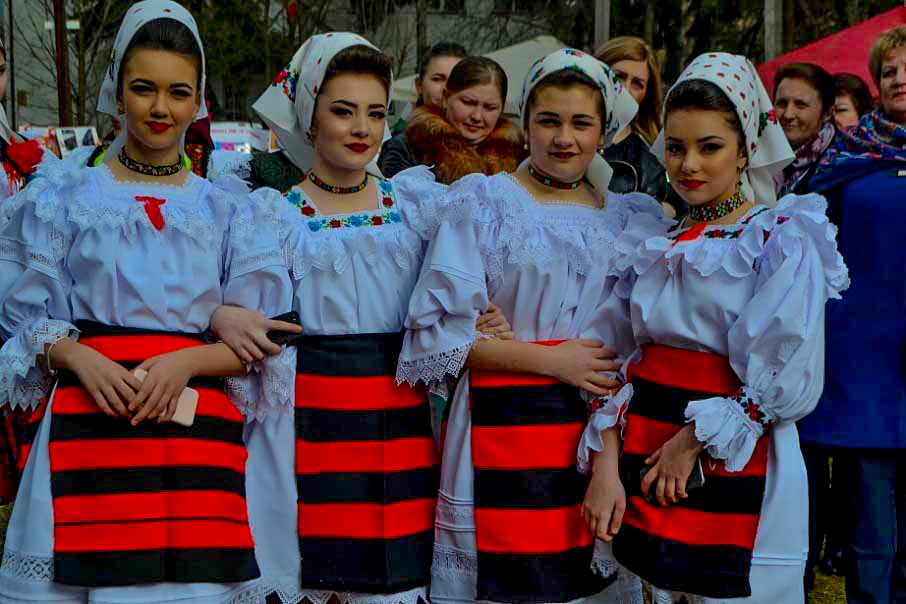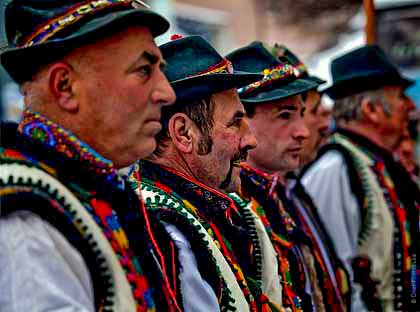Romanians (samanata-remini – is a national minority living in Transcarpathia in the river valleys Yew tree and Apsha, in the villages of Belaya Tserkva, Medium Water, Water-Ples, Lower Apsha, Deep Stream, and in Topchyno village Solotvino. These are descendants of Wallachian shepherds who came to the Eastern Carpathians from the Balkans in the XIV century. Most of them eventually assimilated with the Ruthenian population, some of them settled in the Tisza valley as free settlers and started farming following the example of local residents. In the XIV-XVI centuries, the Romanians of the Tisza valley, as Orthodox, were a kind of intermediary in the cultural contacts of the Rusyns of the region with the Balkan Orthodoxy, which is documented both by Transcarpathian literary monuments of that time, and wall paintings of wooden churches Maramoroskyi. Orthodoxy it held its position in villages with a Romanian population until the middle of the XVIII century.
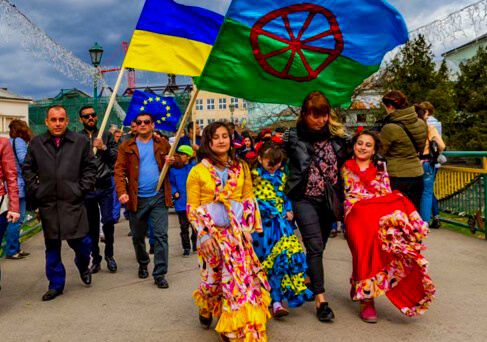
The Patriarchy of the Romanian villages was eliminated only by Soviet collectivization, which simultaneously reduced employment in agriculture and freed up most of the labor force – mainly the young and middle generation, which forced them to migrate in search of work across the expanses of the entire USSR. The discipline and skill of Transcarpathian Romanians were highly valued and well paid as rafters of the forest at rivers RussianOf the North and Siberia.
If the Kiev oligarchs think that they live in palaces, then you can safely disappoint them – Transcarpathian Romanians live in palaces. Already in the late 80’s-early 90’s of the last century, Romanian villages were striking with their two – story manors, and today they are building entire castles with turrets, amazingly complex roofs, a large number of arches and Windows. The courtyards around the villas are tiled and fenced with expensive wrought-iron fences, and the gates are protected by sculpted lions and griffins. Plots for construction in Romanian villages are more expensive than in the regional center.
All this is possible thanks to the hard work and enterprise of the Romanians-apshans – residents of the Apsha river valley. But it is also interesting that in Soviet times the government turned a blind eye to small speculations of Transcarpathian Romanians. Perhaps they wanted to provide them with a better standard of living than their neighbors and relatives in Romania, and thus show how well their brothers were doing in the Soviet Country.
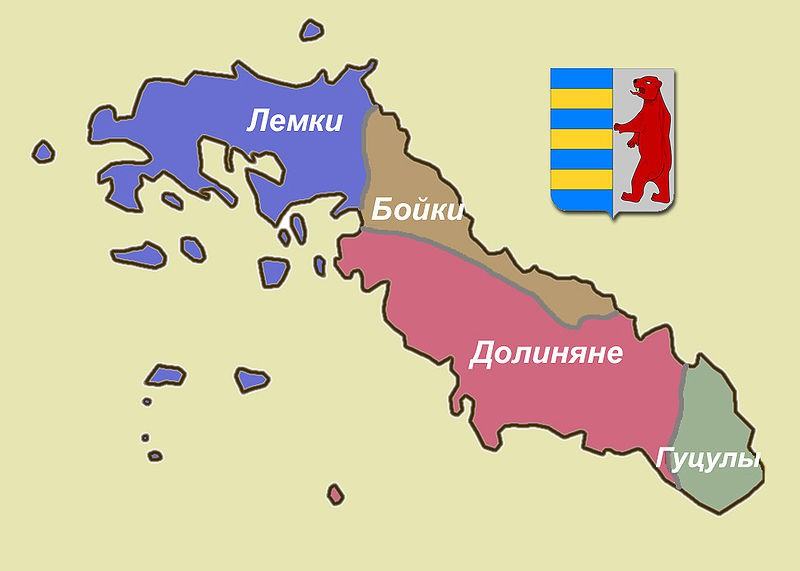
And now in independent Ukraine Transcarpathian Romanians live much better than their relatives in Romania.
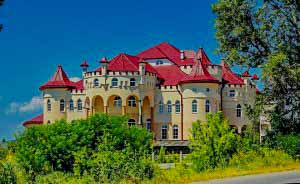
Photos of Transcarpathian Romanians
Прем‘єра нової пісні групи «Піцики Лупіцики - Алег ти шо плачеш?»
Увага! Конкурс! 🎁
✅ Людина яка найбільшу кількість раз відправить цей пост своїм друзям - отримає від нас подарунок🎁🎁🎁
(Увага! Друзі не повинні повторюватися)
Кінець конкурсу через 48 годин❤️
Репост в сторіз - рахується як 10 поширень другу🤗
(Більше інформації про конкурс - в сторіз!)
#ПіцикиЛупіцики #Семкіяш #кордон #Румунія #Львів #Румуни #пісня #хфактор #голос #українамаєталант
🔴⚫ МОВА - ДНК НАЦІЇ
Для більшості з нас українська мова - рідна мова, але в силу обставин та життєвих умов дехто продовжує послуговуватись "язиком". А, між іншим, і це довели провідні британські та американські дослідники, саме мова формує національну ідентичність та світосприйняття своїх носіїв.
Скажімо, угорці Закарпаття давно зрозуміли, що з втратою своєї мови опиниться в українському мовно - культурному середовищі. Тому за будь-яких обставин тримаються свого шляху.
У нашому суспільстві давно панують подвійні стандарти: уряд йде на поступки угорцям і румунам, а російськомовні громадяни продовжують бути привілейовані. У той час як українська мова потребує роз�витку, підтримки з боку держави та розуміння її носіями своєї важливості у війні проти ворога, який жонглює "язиком", щоразу зіштовхуючи населення нашої країни для своїх геополітичних цілей.
Україна, не є колонією Росії! І головний інструмент, який демонструє це - рідна мова, як головний чинник консолідації нації від закарпатського села до промислового містечка на березі Сіверського Донця.
____________________________________
#правамолодь #правий_сектор #ДУК
#одесса #україна #одесацеукраїна #одеськаобласть
#мова #нація #днк #моваднкнації #українська_мова #українське #ріднамова
#ріднасоловїна
#росія #угорці #румуни #російськомовні
Файно сходили в гори. Навчилися закарпатськоi' говiрки. А тепер гоуууууу to home. Ех, Мармароси. Ех, центр Еуропи.
#коломия #карпати #театр #любов #краса #шпацеруэмо #друзi #гори #coffetogo #yes #marmarosu #закарпаття #украинасегодня #ukraine #румуни #Рахов #сонце #музика #musical #techno #deep #acidhouse
Продаж авта в Польщі
⠀
На днях у мене був цікавий досвід - поки чоловік на роботі, я продала нашу машину😁. Оголошення виставляли на olx.pl, висіло десь місяць. Дзвінків було багато, але приходили дивитись машину лише двічі: одного разу українець і одного разу поляк. Але продали румунам😁, які приїхали подивитись зразу з готівкою.
⠀
Цей момент (готівка) мене одразу насторожував, переживала, чи не підсунуть цигани якихось фальшивих грошей і тд 🙈. Тому після показу авта і документів на нього я повела трьох циганів (батька і двох синів, які весь час шваркотіли щось по-своєму) до вплатомату (терміналу), щоб покласти гроші зразу собі на рахунок і бути спокійною, що вони справжні 😁. Не дивуйтесь моїй перестраховці - не кожен день продаю автомобілі циганам за готівку, сама, коли чоловіка нема вдома😏.
⠀
Отримала гроші і приступила до заповнення договору купівлі-продажу (мала при собі два бланки). Там нічого складного, бланк залишу в своєму телеграм каналі (посилання в шапці профілю). Один бланк (обов'язково з підписом покупця) залишила собі, другий (обов'язково з підписом продавця) віддала їм. Передала дві пари ключів, техпаспорт, страховку, kartę pojazdu, зелену карту, попередні договори купівлі-продажу і побажала їм щасливої дороги.
⠀
Тепер потрібно зголосити у відділ комунікації про продаж авта. У страхову, здається, теж. Походжу трошки до Бєдронки пішки, а після приїзду чоловіка додому візьмемось за покупку іншого☺️. Питання?👇
⠀
Новий хештег ➡️ #vasylyna_авто_в_польщі. Там буде і про продаж, і про покупку 😉.
1ХBet-Грають вони,виграєш ти.#1xbet#loterea#лотерея#двіж#румуни#мосульманини#індуси#монахи#клепка#ор#угра#меми#сміх#смех#преколи#пріколи#прекол#краш#ого
Коли не налили дєду 50грам😂
#сміх #дєд #дєди #дідо #ору #гріх #50грам #смєх #ору #сміхота#двіж#ор#горілка#водка#румунитікают#румуни#глисти#1xbet#треш #алкаши
А що вчора було! Ууууу!
Не знаю що у вас, а в мене «румуни» (серед своїх така назва, а я ж практично своя, тому мені можна)) , вона ж офіційно вистава «Як двоє бідних румунів польською розмовляли».
Відчуття? Бомбезні. Щоб так чорним по білому прямим текстом спойлери - не буду, тому що ти не одразу розумієш що дідько його робиться перед очима на сцені та й у голові своїй блондиністій, але відірватися не можеш від дійства та складаєш той пазл з кожної хвилини «життя» до кінця вистави, а ще й потім колупаєшся цілий вечір в епізодах та емоціях.
Дуже круто! Прям круто з валізою треша, втиснутою в реальність.
Завдяки живій грі irisonirison , pysarenkovlad , inna_skorynakalaba , anastasia_babiy_ , Ірина Скрипнікова, Сергій Кияшко, Владислав Оніщенко , режисеру trunova_tamara та атмосферності zoloti_vorota_teatr - 95 хвилин стали хвилиною на одному диханні з яскравою купою питань та роздумів. Обожнюю!
Дякую!
#румуни #театр
Error: API requests are being delayed. New posts will not be retrieved for at least 5 minutes.



